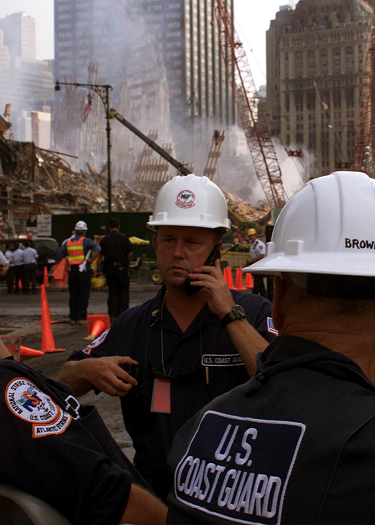Sept. 10, 2021 —
The day that war was declared on the Empire of Japan, President Franklin Roosevelt referred to D ember 7, 1941, day of the surprise attack on Pearl Harbor, as “a date which w
ember 7, 1941, day of the surprise attack on Pearl Harbor, as “a date which w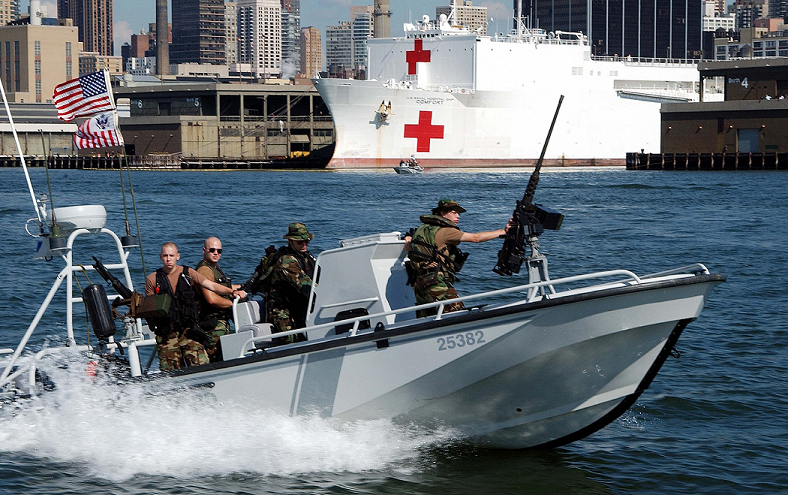 ill live in infamy.” Little did he know the nation would face a similar date nearly 60 years later. On September 11, 2001, Al-Qaeda terrorists hijacked four commercial airliners, crashing two into the World Trade Center in New York City, one into the Pentagon, and one targeting the Capitol Building in a Pennsylvania field. The attacks killed nearly 3,000 people, over 500 more than the number lost at Pearl Harbor.
ill live in infamy.” Little did he know the nation would face a similar date nearly 60 years later. On September 11, 2001, Al-Qaeda terrorists hijacked four commercial airliners, crashing two into the World Trade Center in New York City, one into the Pentagon, and one targeting the Capitol Building in a Pennsylvania field. The attacks killed nearly 3,000 people, over 500 more than the number lost at Pearl Harbor.
The 9/11 attacks 20 years ago and the subsequent War on Terror set in motion dramatic changes to the Coast Guard. Our units and personnel were some of the first military responders, providing communications and security, evacuating civilians by water and assisting those in need. On September 14th, Operation Noble Eagle deployed even more Coast Guard men and women on port security missions, search and rescue efforts, and clean-up operations. Thousands of Coast Guard Auxiliarists and reservists were mobilized in the largest homeland defense and port security operation since World War II.
Eleven days after 9/11, President George W. Bush set-up the Office of Homeland Security. In November 2002, he signed the Homeland Security Act creating the Department of Homeland Security (DHS). By March 2003, the Coast Guard had left the Department of Transportation to become the largest agency within DHS. It was a record-setting sixth executive agency change for the Coast Guard.
In December 2001, Presid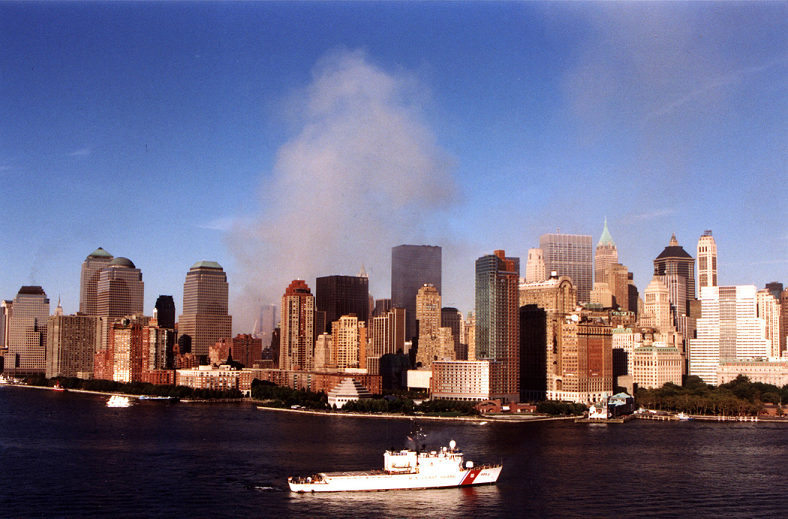 ent Bush signed legislation amending the National Security Act. Coast Guard Intelligence became part of the nation’s intelligence community and our intelligence branch became the Office of Intelligence (CG-2). And, in 2003, the Coast Guard commissioned Maritime Information Fusion Centers for each Area command (MIFC-LANT and MIFC-PAC) to support Coast Guard units and commands.
ent Bush signed legislation amending the National Security Act. Coast Guard Intelligence became part of the nation’s intelligence community and our intelligence branch became the Office of Intelligence (CG-2). And, in 2003, the Coast Guard commissioned Maritime Information Fusion Centers for each Area command (MIFC-LANT and MIFC-PAC) to support Coast Guard units and commands.
President Bush also signed the Maritime Transportation Security Act (MTSA) to protect the nation’s ports and waterways from terrorist attacks. The MTSA led indirectly to the International Ship and Port Facility Code and the formation of our International Port Security Program whose staff members monitor security standards in foreign ports. Under the MTSA, the Coast Guard also formed 13 Maritime Safety and Security Teams (MSSTs), supporting the Ports, Waterways, and Coastal Security (PWCS) mission and providing non-compliant vessel boarding capability for Coast Guard missions. In 2004, the service began forming the Maritime Security Response Team (MSRT) on the East Coast and, in 2013, began forming a second MSRT on the West Coast. In 2007, the service stood-up the Deployable Operations Group (DOG) to oversee the Coast Guard’s Deployable Specialized Forces (DSFs), such as the MSRTs, MSSTs, Port Security Units, National Strike Force teams, Coast Guard Dive Locker personnel and Tactical Law Enforcement Teams (TACLETs). Later, the service decommissioned the DOG and Area commands re-assumed tactical control of DSFs.
After 9/11, the Coast Guard focused on unity of effort and responsiveness. In early 2002, the servic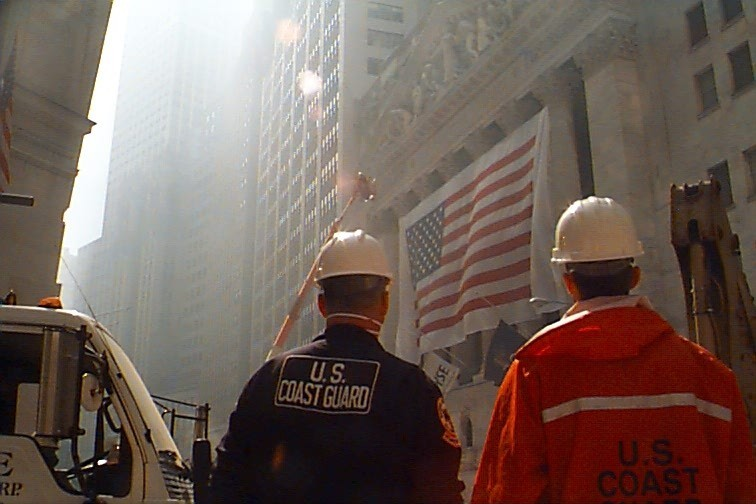 e set-up Joint Harbor Operations Centers in its port commands. In 2003, the Coast Guard adopted the Incident Command System enhancing its effectiveness in major domestic response efforts. Prior to 9/11, field commands included separate Marine Safety Offices (MSOs), Vessel Traffic Services (VTSs), and Groups. The service designed a “sector” structure to combine these units and began setting-up local sector commands in 2005.
e set-up Joint Harbor Operations Centers in its port commands. In 2003, the Coast Guard adopted the Incident Command System enhancing its effectiveness in major domestic response efforts. Prior to 9/11, field commands included separate Marine Safety Offices (MSOs), Vessel Traffic Services (VTSs), and Groups. The service designed a “sector” structure to combine these units and began setting-up local sector commands in 2005.
Beginning in October 2001, the Coast Guard had supported Operation Enduring Freedom with port security, force protection and military outload security. E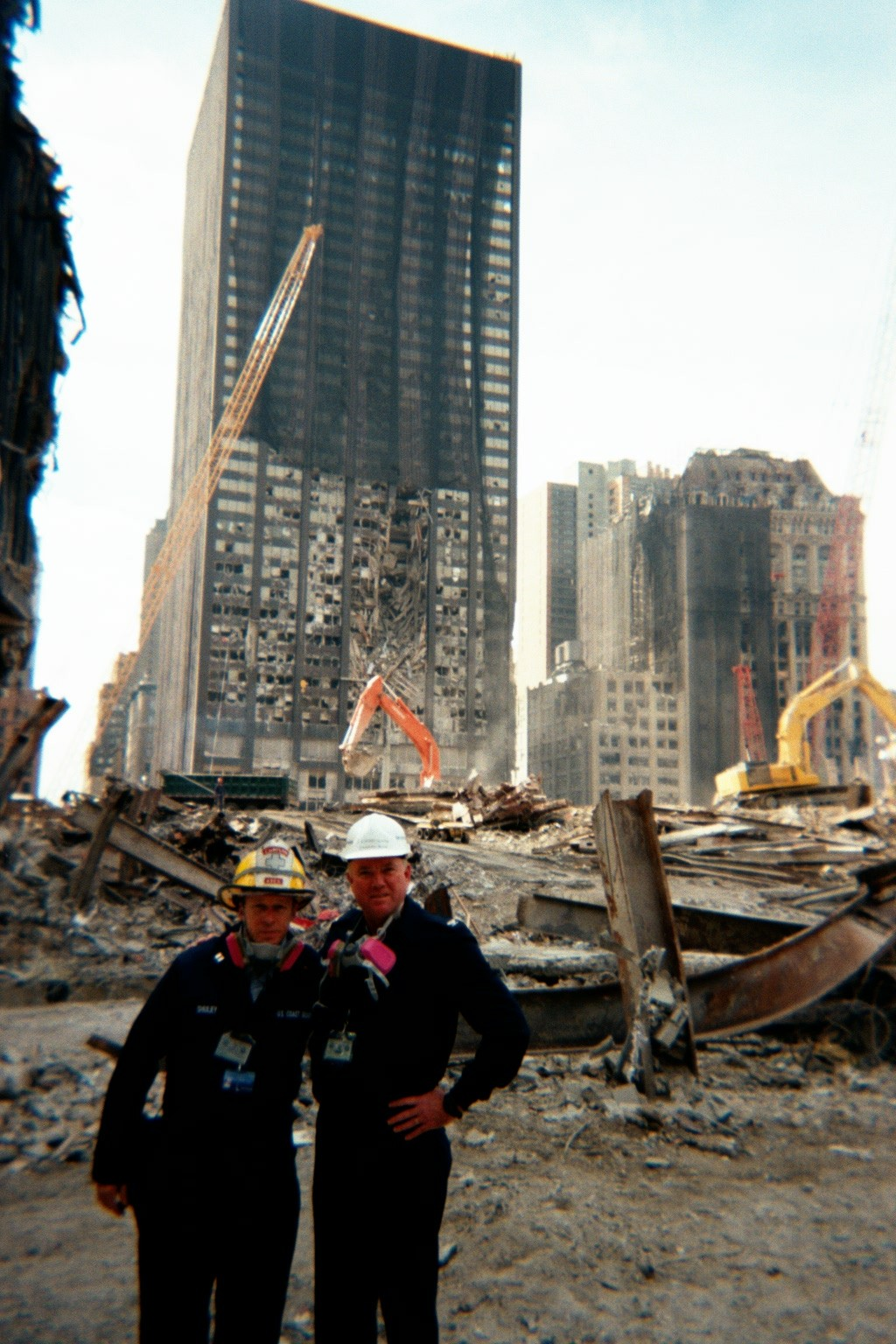 arly 2003 saw Middle East deployment of Coast Guard cutters and DSFs in Operation Iraqi Freedom. The Coast Guard also stood-up new units like the Redeployment Assistance and Inspection Detachment (RAID) and Bahrain-based Patrol Forces Southwest Asia (PATFORSWA). While RAID was decommissioned in 2015, PATFORSWA continues to support cutters and DSFs in the Northern Arabian Gulf.
arly 2003 saw Middle East deployment of Coast Guard cutters and DSFs in Operation Iraqi Freedom. The Coast Guard also stood-up new units like the Redeployment Assistance and Inspection Detachment (RAID) and Bahrain-based Patrol Forces Southwest Asia (PATFORSWA). While RAID was decommissioned in 2015, PATFORSWA continues to support cutters and DSFs in the Northern Arabian Gulf.
The 2001 terrorist attacks reshaped the Coast Guard, with new homeland security units, alterations in existing Coast Guard units and the transition to a new federal agency. The service’s response demonstrated its flexibility, readiness and relevance in the Coast Guard’s greatest transformation since World War II.
